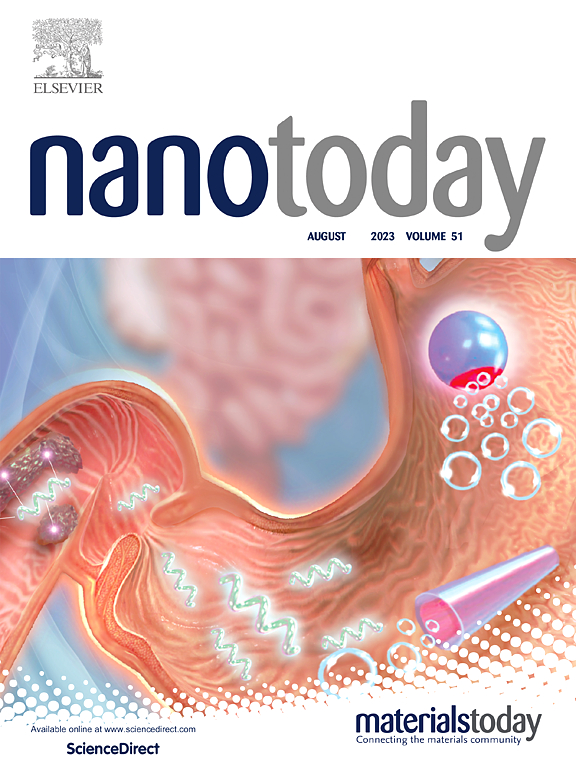N/P掺杂多孔石墨碳作为无金属催化剂用于亚砜加氢制硫化物
IF 13.2
1区 材料科学
Q1 CHEMISTRY, MULTIDISCIPLINARY
引用次数: 0
摘要
采用热解法制备了N掺杂石墨碳(UCs-T)或N、P共掺杂石墨碳(PCs-T)。对其杂原子掺杂模式和缺陷结构进行了表征。在制备的碳材料(uc - t和PCs-T)上,分别用H2和甲酸(FA)对亚砜加氢制硫醚进行了研究。n掺杂碳UCs-T系列在亚砜加氢反应中表现出满意的催化性能和稳定性,其中UCs-1000的亚砜转化率为93.74 %。表征和理论计算表明,缺陷和掺杂的N原子诱导的纳米电场影响了其极性以及极化和激活位于其中的H2的能力,有利于加氢。用FA、N、P共掺杂碳PCs-900对亚砜进行转移加氢反应,其活性和稳定性均优于商业Pd/C,亚砜转化率为97.32 %。表征和理论计算表明,1,3-氮磷等结构单元具有显著的吸附和活化FA的能力。碳材料中缺陷和掺杂杂原子诱导的纳米电场对氢和FA的活化行为不同,这为设计无金属加氢催化剂提供了新的思路。本文章由计算机程序翻译,如有差异,请以英文原文为准。
N/P doped porous graphitic carbons as metal-free catalysts for the hydrogenation of sulfoxide to sulfide
N doped graphitic carbon (UCs-T) or N, P co-doped graphitic carbon (PCs-T) were conveniently prepared by pyrolysis. Their main doping modes of heteroatoms and defect structures were characterized. The hydrogenation of sulfoxides to thioethers with H2 and formic acid (FA) was investigated over the prepared carbon materials (UCs-T and PCs-T), respectively. N-doped carbon UCs-T series showed satisfactory catalytic performance and stability in hydrogenation of sulfoxide with H2, especially for UCs-1000 with 93.74 % sulfoxide conversion. Characterization and theoretical calculation showed that the nano electric fields induced by defects and doped N atom, affected its polarity and ability to polarize and activate H2 located there, which was beneficial to hydrogenation. For transfer hydrogenation of sulfoxide with FA, N, P co-doped carbon PCs-900 showed superior performance to commercial Pd/C in both activity and stability, sulfoxide conversion was 97.32 %. Characterization and theoretical calculation demonstrated the structural unit like 1,3-azaphosphorine showed significant capability for adsorption and activation of FA. The activation behaviors of hydrogen and FA by nano electric fields induced by defects and doping heteroatoms in carbon materials was different, and which provided a novel insight for the design of metal-free hydrogenation catalysts.
求助全文
通过发布文献求助,成功后即可免费获取论文全文。
去求助
来源期刊

Nano Today
工程技术-材料科学:综合
CiteScore
21.50
自引率
3.40%
发文量
305
审稿时长
40 days
期刊介绍:
Nano Today is a journal dedicated to publishing influential and innovative work in the field of nanoscience and technology. It covers a wide range of subject areas including biomaterials, materials chemistry, materials science, chemistry, bioengineering, biochemistry, genetics and molecular biology, engineering, and nanotechnology. The journal considers articles that inform readers about the latest research, breakthroughs, and topical issues in these fields. It provides comprehensive coverage through a mixture of peer-reviewed articles, research news, and information on key developments. Nano Today is abstracted and indexed in Science Citation Index, Ei Compendex, Embase, Scopus, and INSPEC.
 求助内容:
求助内容: 应助结果提醒方式:
应助结果提醒方式:


